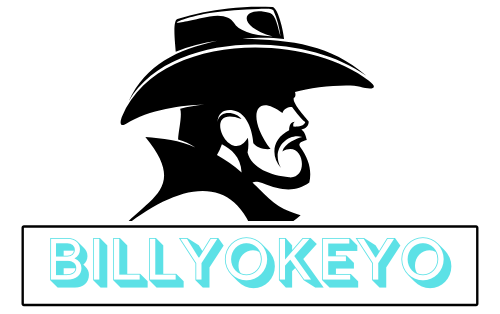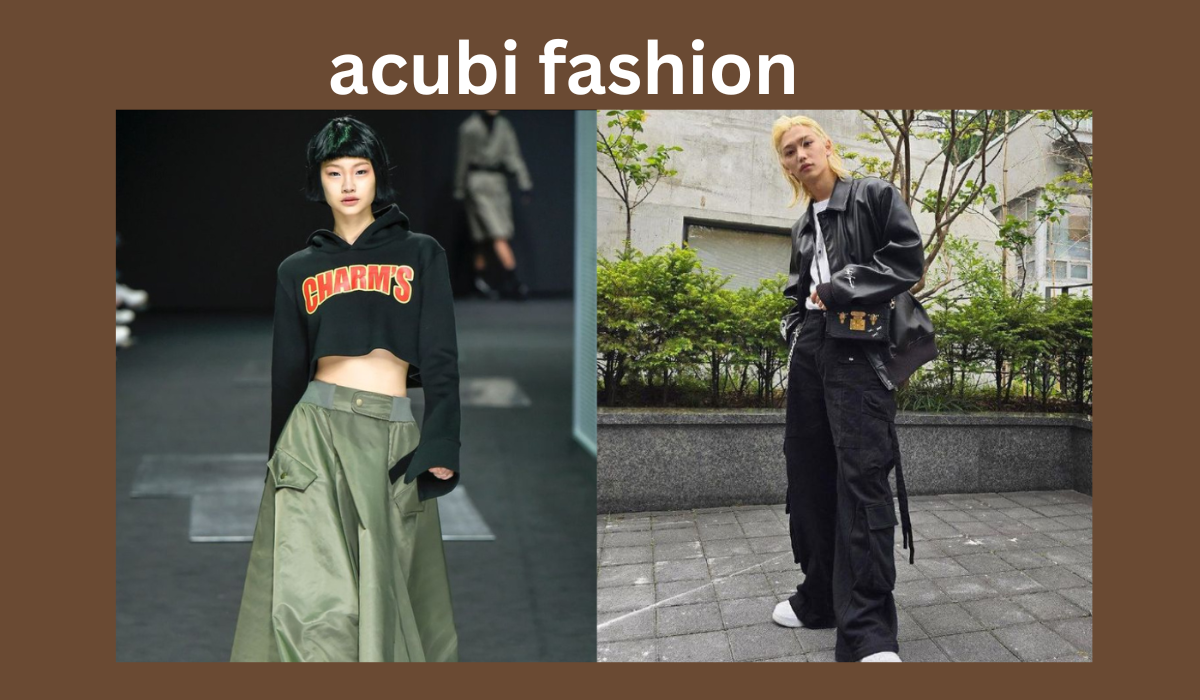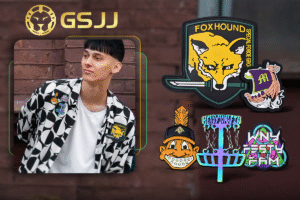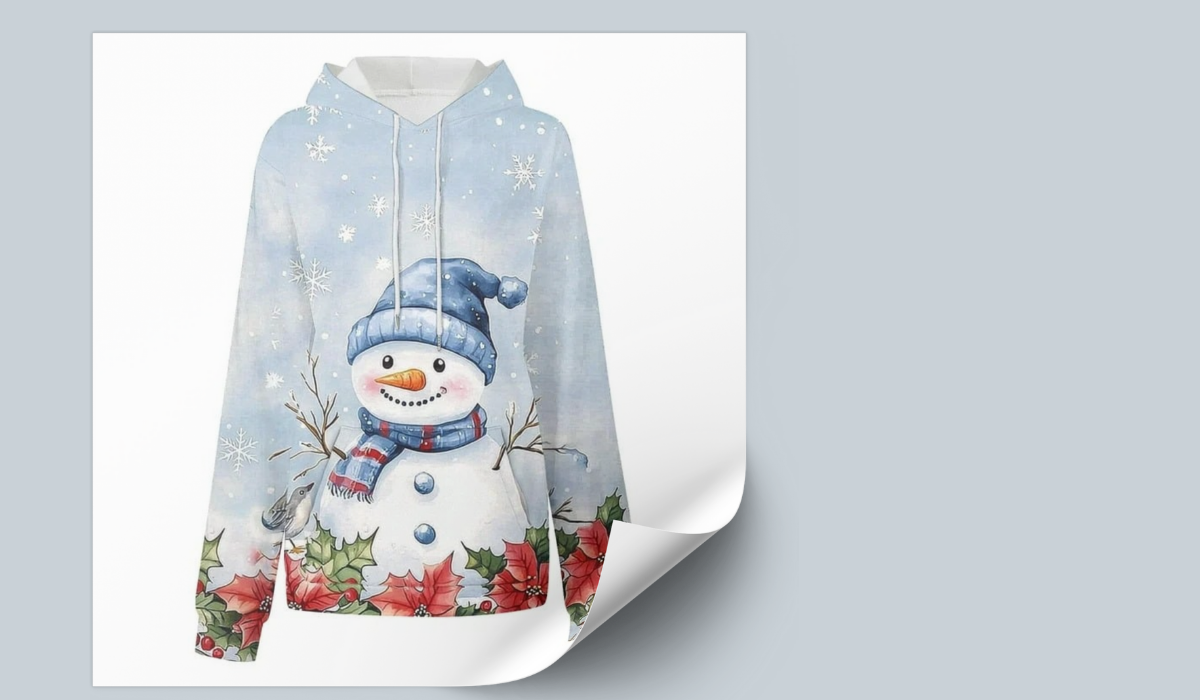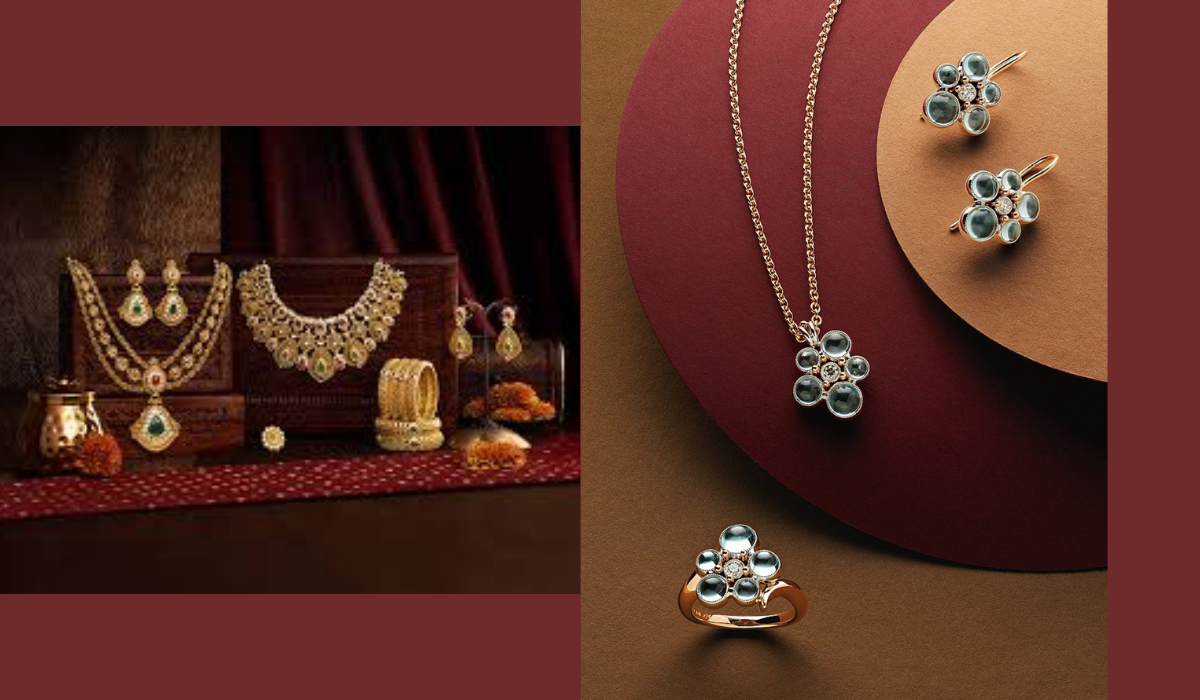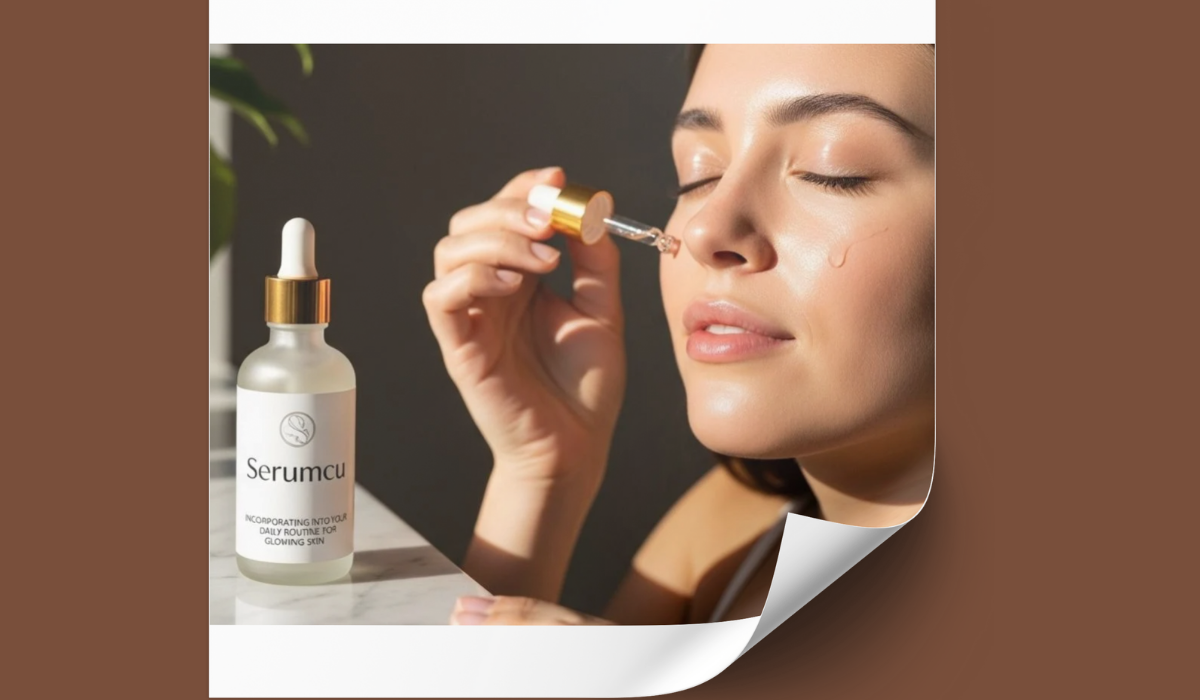Korean fashion has been making waves internationally for years, but one particular trend has captured the attention of style enthusiasts worldwide: acubi fashion. This distinctive aesthetic combines elements of minimalism, streetwear, and contemporary design to create looks that are both effortlessly cool and surprisingly versatile.
Acubi fashion represents more than just clothing choices—it’s a lifestyle approach that values comfort without sacrificing style. The trend has gained significant traction on social media platforms, where fashion influencers and everyday style lovers showcase their interpretations of this uniquely Korean aesthetic. From Seoul’s trendy neighborhoods to fashion capitals around the globe, acubi fashion has proven its staying power.
For those unfamiliar with this emerging trend, acubi fashion might seem complex at first glance. However, understanding its core principles and key elements makes it surprisingly accessible. The style focuses on creating sophisticated yet relaxed outfits that work equally well for casual outings and more polished occasions.
This comprehensive guide will explore everything you need to know about acubi fashion, from its origins and defining characteristics to practical styling tips and shopping recommendations. Whether you’re completely new to Korean fashion trends or looking to refine your existing acubi wardrobe, you’ll find valuable insights to help you master this captivating style.
Introduction to Acubi Fashion: Origins and Influences
Acubi fashion emerged from South Korea’s dynamic fashion scene, drawing inspiration from various sources including Japanese minimalism, European tailoring, and American streetwear. The term “acubi” itself reflects the style’s emphasis on academic and urban influences, blending scholarly sophistication with contemporary street style elements.
The trend gained momentum in Korean fashion circles during the late 2010s, initially popularized by university students and young professionals seeking alternatives to more conventional Korean fashion styles. Unlike the often colorful and playful nature of other K-fashion trends, acubi fashion gravitates toward neutral tones and structured silhouettes.
Social media platforms, particularly Instagram and TikTok, played crucial roles in spreading acubi fashion beyond Korea’s borders. Fashion bloggers and influencers began showcasing their acubi-inspired outfits, demonstrating how the style could be adapted to different body types, occasions, and personal preferences.
The global appeal of acubi fashion lies in its versatility and timeless quality. While many fashion trends come and go quickly, acubi fashion’s emphasis on quality basics and thoughtful styling creates looks that remain relevant across seasons and years.
Key Elements of Acubi Style: Deconstructing the Aesthetic
Understanding acubi fashion requires recognizing its fundamental design principles and aesthetic choices. The style prioritizes clean lines, neutral color palettes, and carefully considered proportions over flashy details or trendy embellishments.
Color schemes in acubi fashion typically revolve around earth tones, muted grays, soft beiges, and classic black and white combinations. These subdued palettes create cohesive looks that feel sophisticated and intentional. Occasionally, acubi outfits incorporate subtle pops of color through accessories or single statement pieces, but the overall approach remains restrained.
Silhouettes play a crucial role in achieving the acubi aesthetic. The style favors relaxed yet structured fits that flatter without being overly form-fitting. Oversized blazers, wide-leg trousers, and flowing midi skirts are common elements that create the characteristic effortless elegance associated with acubi fashion.
Layering techniques distinguish acubi fashion from other minimalist styles. Rather than simply wearing fewer pieces, acubi fashion embraces thoughtful layering that adds visual interest and practical functionality. A typical acubi outfit might combine a fitted base layer, an oversized cardigan or blazer, and carefully chosen accessories.
Fabric quality and texture variety contribute significantly to the acubi aesthetic. The style emphasizes natural materials like cotton, linen, wool, and silk over synthetic alternatives. Mixing different textures within a single outfit—such as pairing a smooth silk blouse with textured wool pants—creates depth without relying on bold patterns or colors.
Core Pieces: Must-Have Items in an Acubi Wardrobe
Building an acubi wardrobe requires investing in versatile, high-quality pieces that can be mixed and matched across multiple outfits. These foundational items form the backbone of the acubi aesthetic and provide endless styling possibilities.
Oversized blazers represent perhaps the most iconic acubi fashion piece. These structured yet relaxed jackets work equally well over casual t-shirts and formal blouses. The key is finding blazers with clean lines and neutral colors that complement your existing wardrobe. Beige, gray, navy, and black blazers offer maximum versatility.
Wide-leg trousers and palazzo pants provide comfortable alternatives to skinny jeans while maintaining a polished appearance. These flowing bottoms create elegant silhouettes and can be dressed up or down depending on styling choices. High-waisted options help create the structured yet relaxed proportions that define acubi fashion.
Basic knitwear forms another essential category in acubi wardrobes. Cashmere or cotton sweaters in neutral tones serve as perfect layering pieces or standalone tops. Turtlenecks, crew necks, and cardigan styles all have their place in acubi fashion, provided they maintain the aesthetic’s emphasis on quality and simplicity.
Midi-length skirts and dresses offer feminine options within the acubi framework. These pieces typically feature simple cuts and minimal embellishments, allowing their quality construction and flattering proportions to speak for themselves. A-line and straight-cut silhouettes work particularly well.
Quality footwear completes acubi outfits without overwhelming them. Leather loafers, minimalist sneakers, low-heeled boots, and simple flats all align with the acubi aesthetic. The key is choosing shoes that complement rather than compete with the overall outfit.
Styling Tips and Outfit Ideas: How to Achieve the Acubi Look
Mastering acubi fashion requires understanding how to combine individual pieces into cohesive, stylish outfits. The styling process emphasizes balance, proportion, and subtle sophistication over dramatic fashion statements.
The rule of thirds applies well to acubi styling. When creating outfits, consider dividing your look into three visual sections and ensuring each contributes to the overall aesthetic. For example, pair fitted bottoms with an oversized top and structured outerwear, or combine flowing pants with a fitted shirt and relaxed blazer.
Monochromatic dressing works exceptionally well within the acubi framework. Creating outfits using various shades of the same color family produces sophisticated looks that feel intentional and polished. Experiment with different textures within your chosen color scheme to add visual interest.
Strategic layering elevates basic pieces into compelling acubi outfits. Start with fitted base layers and add progressively looser pieces on top. A typical layering combination might include a fitted tank top, an oversized cardigan, and a structured blazer or coat.
Accessory choices can make or break acubi outfits. The style favors minimal, high-quality accessories over statement pieces. Simple gold or silver jewelry, structured handbags, and classic scarves complement acubi outfits without overwhelming them. Choose accessories that enhance rather than distract from your overall look.
On that basis, Custom PVC Patches can also serve as subtle yet refined accents that integrate seamlessly with the Acubi aesthetic. With their clean outlines and sophisticated texture, they add understated design touches to garments. Whether discreetly placed on collars, pockets, or used as delicate detailing on bags, custom PVC patches emphasize structure and material layers in a restrained manner—perfectly aligning with the subdued elegance central to Acubi style.
Proportion mixing creates visual interest within acubi outfits. Pair oversized tops with fitted bottoms, or combine flowing skirts with structured blouses. The key is maintaining balance so that no single element dominates the overall silhouette.
Acubi Fashion in Different Seasons: Adapting the Style Year-Round
Acubi fashion’s emphasis on layering and versatile pieces makes it naturally suited to seasonal adaptation. Understanding how to modify acubi outfits for different weather conditions ensures you can maintain the aesthetic throughout the year.
Spring acubi fashion embraces lighter fabrics and softer color palettes. Linen blazers replace heavy wool coats, while cotton and silk pieces provide comfortable options for warmer temperatures. Pastel variations of traditional acubi neutrals work well during spring months.
Summer adaptations focus on breathable fabrics and minimal layering. Wide-leg linen pants, cotton midi dresses, and lightweight cardigans maintain the acubi aesthetic while providing necessary comfort during hot weather. Light-colored pieces help reflect heat while staying true to the style’s neutral palette.
Fall represents peak season for acubi fashion, as the cooler temperatures naturally accommodate the style’s layering emphasis. Wool blazers, cashmere sweaters, and structured coats create sophisticated autumn looks. Earth tones become particularly relevant during fall months.
Winter acubi fashion incorporates heavier fabrics and additional layers without sacrificing style. Wool coats, thick knit sweaters, and quality boots maintain warmth while preserving the aesthetic’s clean lines and sophisticated proportions. Strategic layering becomes even more important during winter months.
The Influence of K-Pop and Celebrities on Acubi Fashion
Korean celebrities and K-pop stars have played significant roles in popularizing acubi fashion both domestically and internationally. Their styling choices often serve as inspiration for fans seeking to incorporate acubi elements into their own wardrobes.
Many Korean actresses favor acubi-inspired looks for off-duty appearances and casual events. Their styling choices demonstrate how acubi fashion can look sophisticated yet approachable in real-world settings. These celebrity interpretations help make the style feel accessible to everyday fashion enthusiasts.
K-pop idols occasionally incorporate acubi elements into their stage outfits and music videos, introducing the aesthetic to global audiences. While stage costumes typically feature more dramatic elements than traditional acubi fashion, these performances help spread awareness of Korean fashion trends.
Social media has amplified celebrity influence on acubi fashion trends. When Korean stars share acubi-inspired outfits on Instagram or other platforms, these posts often generate significant engagement and inspire copycat styling among fans worldwide.
The celebrity endorsement of acubi fashion has contributed to increased international interest in Korean fashion brands and retailers. Many companies have expanded their global shipping options and marketing efforts to capitalize on this growing demand.
Acubi Fashion vs. Other Korean Fashion Trends: Understanding the Nuances
Acubi fashion exists within Korea’s diverse fashion landscape alongside numerous other distinctive styles. Understanding how acubi fashion relates to and differs from other Korean trends helps clarify its unique characteristics and appeal.
Kawaii fashion, which emphasizes cuteness and playful elements, represents nearly the opposite aesthetic from acubi fashion. While kawaii fashion embraces bright colors, whimsical patterns, and youthful styling, acubi fashion prioritizes sophistication, neutral tones, and mature silhouettes.
Korean streetwear shares some similarities with acubi fashion, particularly in terms of comfortable fits and contemporary appeal. However, streetwear typically incorporates more graphic elements, bold logos, and trendy details than the minimalist acubi aesthetic allows.
Preppy Korean fashion trends overlap with acubi fashion in their emphasis on structured pieces and polished appearances. However, preppy styles often feature more traditional patterns like plaids and stripes, while acubi fashion maintains its preference for solid colors and minimal patterns.
Korean feminine fashion styles focus on highlighting traditionally feminine silhouettes and details. While acubi fashion can certainly be feminine, it tends to favor more androgynous or unisex approaches to styling and silhouette selection.
How to Shop for Acubi Fashion: Best Brands and Retailers
Successfully building an acubi wardrobe requires knowing where to find quality pieces that align with the aesthetic’s principles. Various brands and retailers cater to different budgets and style preferences within the acubi framework.
Korean brands like COS, Uniqlo, and & Other Stories offer excellent options for acubi fashion enthusiasts. These companies understand the aesthetic’s emphasis on quality basics and minimalist design principles. Their pieces typically feature the clean lines and neutral colors that define acubi fashion.
International retailers have begun recognizing the demand for acubi-style clothing. Brands like Everlane, Mango, and Zara now offer pieces that work well within acubi wardrobes, though careful selection is necessary to find items that truly align with the aesthetic.
Online marketplaces provide access to Korean fashion brands that may not have international physical presence. Websites specializing in K-fashion often carry authentic acubi pieces from emerging Korean designers and established brands alike.
Vintage and secondhand shopping can yield excellent acubi pieces at reasonable prices. The style’s emphasis on timeless design means that older pieces often work well within contemporary acubi wardrobes. Focus on finding quality basics in neutral colors and classic silhouettes.
Investment pieces deserve special consideration when building acubi wardrobes. High-quality blazers, coats, and knitwear form the foundation of most acubi outfits, making them worthy of higher initial investments. Choose pieces in versatile colors and classic cuts that will remain relevant for years.
The Future of Acubi Fashion: Emerging Trends and Innovations
Acubi fashion continues evolving as designers and fashion enthusiasts experiment with new interpretations of its core principles. Several emerging trends suggest interesting directions for the aesthetic’s future development.
Sustainable fashion practices align naturally with acubi fashion’s emphasis on quality over quantity. Many acubi enthusiasts gravitate toward eco-friendly brands and ethical manufacturing practices, viewing these choices as extensions of the style’s thoughtful approach to dressing.
Technology integration represents another frontier for acubi fashion development. Smart fabrics, innovative textile treatments, and functional design elements may increasingly appear in acubi pieces while maintaining the aesthetic’s clean, minimalist appearance.
Color experimentation within acubi fashion boundaries continues expanding. While neutral tones remain fundamental to the aesthetic, designers are exploring how subtle color variations and unexpected combinations can enhance rather than compromise acubi outfits.
Global cultural influences are beginning to appear in acubi fashion interpretations. As the style spreads internationally, local fashion traditions and preferences are creating interesting hybrid approaches that maintain acubi principles while incorporating regional elements.
Embracing the Timeless Appeal of Acubi Fashion
Acubi fashion offers a refreshing alternative to fast fashion trends and constantly changing style directives. Its emphasis on quality, versatility, and thoughtful styling creates wardrobes that remain relevant and appealing across seasons and years.
The accessibility of acubi fashion makes it particularly attractive to modern consumers seeking sustainable approaches to personal style. By investing in versatile basics and learning effective styling techniques, anyone can create sophisticated looks without constantly purchasing new items.
Starting your acubi fashion journey requires patience and careful consideration rather than immediate wardrobe overhauls. Begin by identifying gaps in your current wardrobe and gradually adding quality pieces that align with acubi principles. Focus on versatile items that can be styled multiple ways and work across different occasions.
Remember that acubi fashion should enhance rather than constrain your personal style expression. Use its principles as guidelines while adapting elements to suit your lifestyle, body type, and individual preferences. The most successful acubi fashion enthusiasts understand how to maintain the aesthetic’s sophisticated appeal while making it uniquely their own.
You may Also Like:
